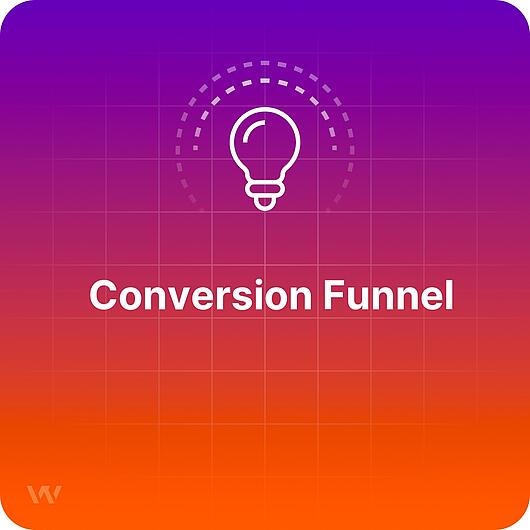- Why Us?
- Features
White Label
For SaaS Platforms & Agencies
Provide our complete analytics suite to your clients, directly within your own interface and with your/their own branding. Discover Analytics-as-a-Service and White Label Analytics. Great benefit, minimal effort.
- Pricing
- White Label
- Blog
- Chatbots, Assistants & AI Search: Tracking AI-Driven Website Traffic
- Use Case: Using TWIPLA’s Conversion Funnels to Uncover Onboarding Friction
- Website Intelligence News Roundup February 2025
- Website Intelligence News Roundup January 2025
- Alarming Behavior Tracking: Dead Clicks, Rage Clicks and More
- Data Management Strategy: Steps + Insights from Aleksejs Plotnikovs
- Craft a Successful Data Analytics Strategy in 6 Steps
- Interview: Aaron Weller on AI Privacy Challenges
- ResourcesExpand Your KnowledgeGetting Started
Conversion Funnel

What is a conversion funnel
The conversion funnel refers to the visitor’s journey on a website, who is going through several consecutive stages such as interest, desire and action, this way transforming form a simple visitor into a buyer/subscriber/lead/etc. The conversion funnel can help visualize this entire marketing process, making it more easily controllable.
About
Sometimes referred to as marketing or sales funnel is a marketing phrasing used for describing the journey of a customer form being a random visitor to becoming a buyer, subscriber, lead or another form of conversion. The analogy of the funnel is used to explain the way the visitor or user is guided through the decision-making process to the final step of purchasing a product, downloading a document, or taking any other relevant action on a website.
What is an example of a conversion funnel?
The funnel can have multiple stages for the visitor to glide through, but the most basic conversion funnel can be resumed to this:
Awareness
↓
Interest
↓
Desire
↓
Action
More elaborate forms of funnels can include stages such as awareness, interest, consideration, evaluation, decision, lead generation, purchase, loyalty, brand advocacy and others.
Why are conversion funnels important?
Conversion funnels help marketers and business owners see the bigger picture and understand the flow through which a potential customer lands on a website and then takes a desired action, transforming from a simple visitor into a conversion visitor. This process is compared to a funnel because the visitor is gliding through the website toward the conversion point.
Each business has a conversion funnel from even from the beginning if it sells/offers a product or a service, but it is important to define this funnel for easier management and potential improvement. Through trough website traffic research, data analysis, and testing, the funnel can be optimized to generate more conversions.

